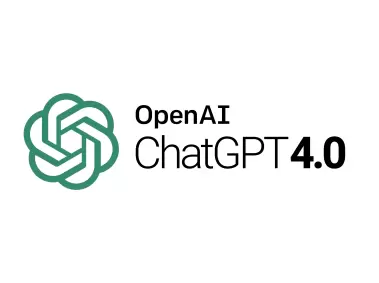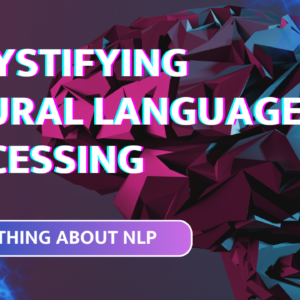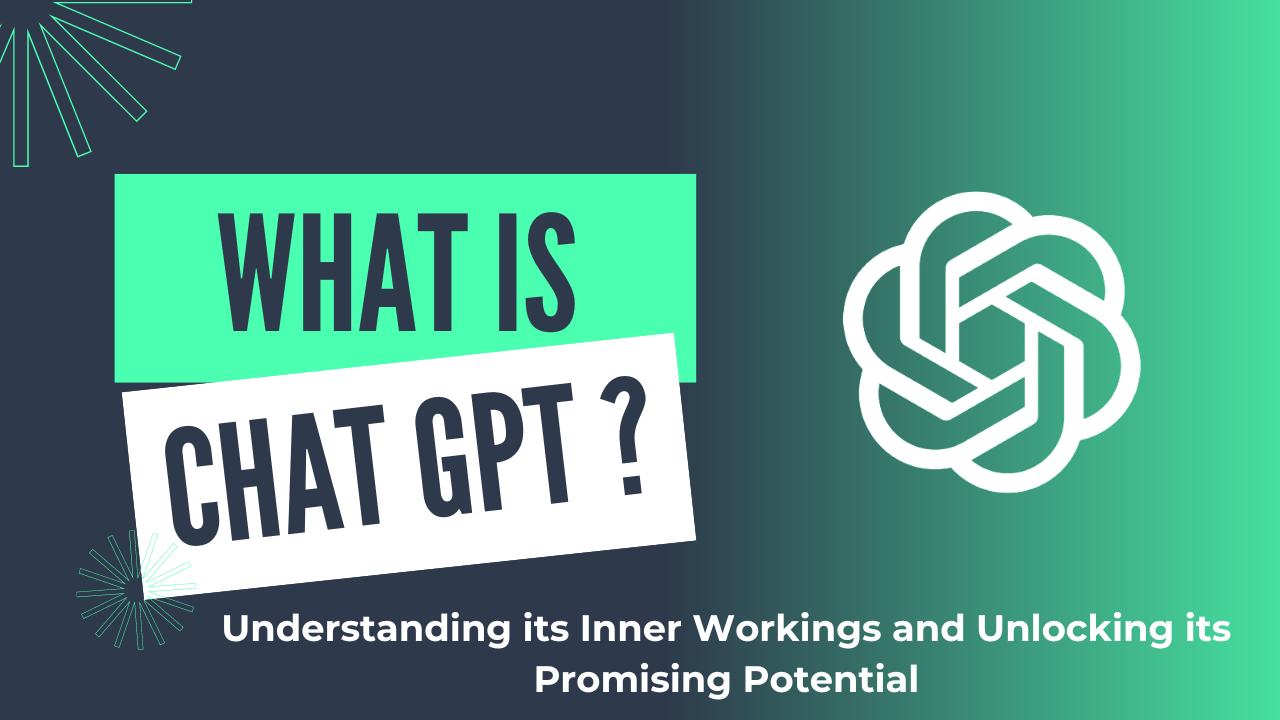Table of Contents
- Introduction
- Understanding Chat GPT
- The Evolution of Chat GPT
- Deep-diving into Chat GPT’s Inner Workings
- Unveiling Chat GPT’s Potential Applications
- Exploring the Downsides and Ethical Considerations
- Fine-tuning and Customization for Specialized Contexts
- The Future of Chat GPT and AI Conversations
- Summary and Conclusion
Introduction
With the rise of natural language processing, Chat GPT has emerged as a fascinating tool that captivates both researchers and the public alike. However, it also raises concerns about its implications. In this article, we will explore the inner workings of Chat GPT and delve into its promising potential.
Understanding Chat GPT
What is Chat GPT?

At its core, Chat GPT is an advanced natural language generation model that harnesses the power of artificial intelligence to engage in interactive conversations. Its ability to understand and respond to human-like text has revolutionized the field of communication between humans and machines.
How does Chat GPT work?
Chat GPT’s underlying model architecture is based on a transformer-based approach. This revolutionary architecture enables the model to effectively process and generate text with a high level of coherence and contextual understanding. During the training process, Chat GPT learns from vast amounts of diverse and representative data sources, allowing it to develop its conversational capabilities. Moreover, fine-tuning and customization enable the model to adapt its responses to specific contexts and user preferences.
The Evolution of Chat GPT
GPT-1 to GPT-3: From text completion to interactive conversations
Chat GPT has undergone remarkable evolution over the years. Initially, with GPT-1, the model focused on text completion tasks. However, subsequent versions like GPT-2 and GPT-3 introduced the ability to engage in interactive conversations, reflecting significant advancements in natural language processing.
Limitations of earlier models
Earlier models of Chat GPT faced limitations. Inherent biases in training data raised ethical concerns as they could influence the model’s responses. Additionally, struggles with context and coherence sometimes resulted in less coherent or contextually appropriate outputs.
Deep-diving into Chat GPT’s Inner Workings
Transformer-based architecture
Chat GPT utilizes a transformer-based architecture, a groundbreaking model that revolutionized natural language processing. The transformer model employs attention mechanisms to highlight key words and phrases, enhancing the model’s understanding of text and enabling it to generate more contextually relevant responses.
Transfer learning in Chat GPT
Transfer learning plays a crucial role in Chat GPT’s exceptional performance. By leveraging pre-trained models on massive datasets, the model acquires a wealth of knowledge about language patterns and structures. This enables Chat GPT to excel in various conversational scenarios, even with limited specific training.
Unveiling Chat GPT’s Potential Applications
Customer support and Chatbots
AI-powered chatbots integrated with Chat GPT have transformed customer support interactions. These chatbots offer immediate and accurate responses, enhancing customer satisfaction and reducing wait times. Real-world examples, such as chat-based customer service tools, have already demonstrated the efficacy of Chat GPT in this domain.
Content creation and creative writing
Content creators can now rely on Chat GPT to assist in generating engaging text. Whether it’s brainstorming ideas, writing drafts, or refining content, GPT acts as a creative partner, augmenting human creativity and productivity. This synergy between humans and AI has unlocked new possibilities in the realm of content creation.
Educational tools and language learning
Innovative educational tools leveraging GPT enable interactive learning experiences. Students can engage in AI-enabled conversations to practice and improve their language proficiency. Through real-time feedback and tailored exercises, GPT contributes to more engaging and effective language learning.
Exploring the Downsides and Ethical Considerations
Biases and fairness in Chat GPT’s responses
Potential biases present in the training data can impact Chat GPT’s responses, raising concerns about fairness and inclusivity. To mitigate this, strategies such as diversifying training data and incorporating fairness metrics have been proposed to reduce biases and promote more equitable outcomes in AI-generated responses.
Misinformation and malicious use
There are concerns surrounding the potential for AI-generated false information and malicious applications. Efforts are underway to develop safeguards and verify the authenticity of AI-generated content to combat misinformation. Responsible use of GPT and robust moderation mechanisms are essential to prevent unethical and harmful use.
Fine-tuning and Customization for Specialized Contexts
Customizing Chat GPT’s behavior and responses
Customization techniques allow users to fine-tune GPT to specific contexts or preferences. By adjusting parameters and providing specialized training data, the model can be tailored to deliver more accurate and personalized responses. However, it is crucial to strike a balance between customization and ethical boundaries to avoid enabling harmful behavior or promoting bias.
Curating data for improved outcomes
The quality and diversity of training data significantly impact the performance of Chat GPT. By ensuring training datasets encompass a wide range of perspectives and contexts, developers can enhance the accuracy and reliability of the model’s responses. Striving for diverse and representative data is essential to overcome biases and produce more inclusive AI-generated conversations.
The Future of Chat GPT and AI Conversations
Advancements in conversational AI
The future holds exciting possibilities for conversational AI. Predictions for the next generation of chat models include enhanced contextual understanding, nuanced sentiment analysis, and more sophisticated dialogue management. Emerging techniques like using external knowledge sources and context aggregation contribute to more advanced conversational capabilities.
Ethical guidelines and responsible development
As AI technologies continue to develop, it is crucial to establish ethical guidelines and foster responsible development practices. AI developers and researchers must prioritize ethical considerations such as fairness, transparency, and accountability. Engaging in multidisciplinary discussions and shaping policies will ensure the responsible deployment of AI technologies.
Summary and Conclusion
In this article, we have delved into the inner workings of Chat GPT, exploring its evolution, architecture, potential applications, and ethical considerations. Chat GPT has unlocked immense potential in improving customer support, content creation, and education. However, responsible use and addressing biases and ethical concerns remain essential to harness its promising capabilities while ensuring social good.
Read other interesting blog and articles related to Generative AI – Generative AI
Follow us on our Instagram – @squarebox.in




